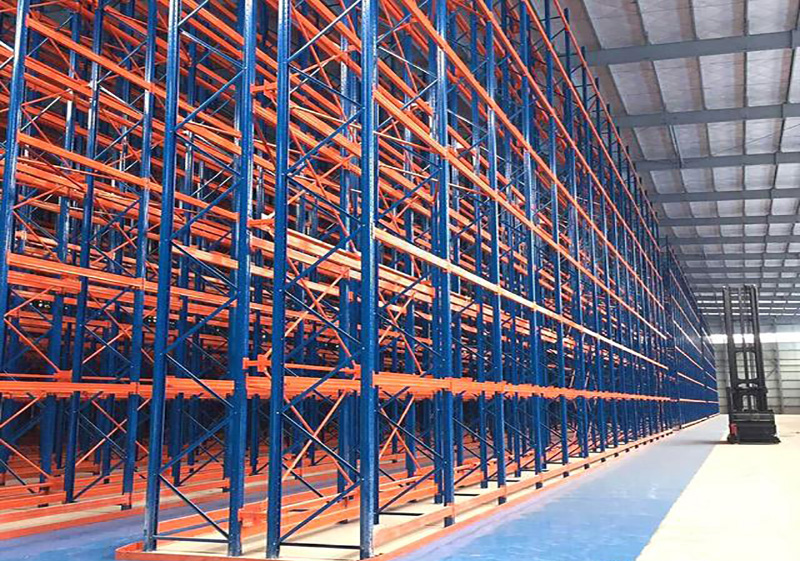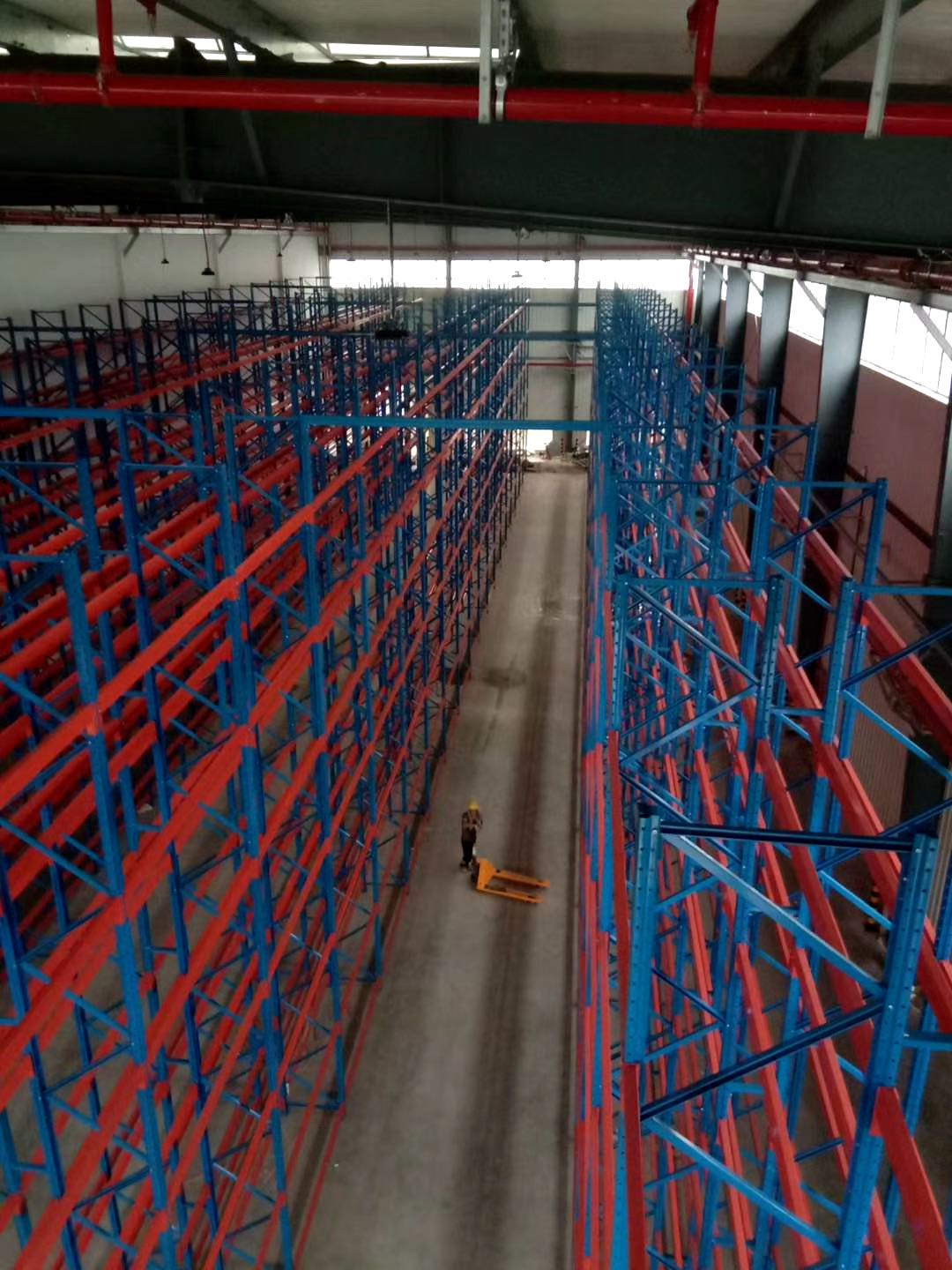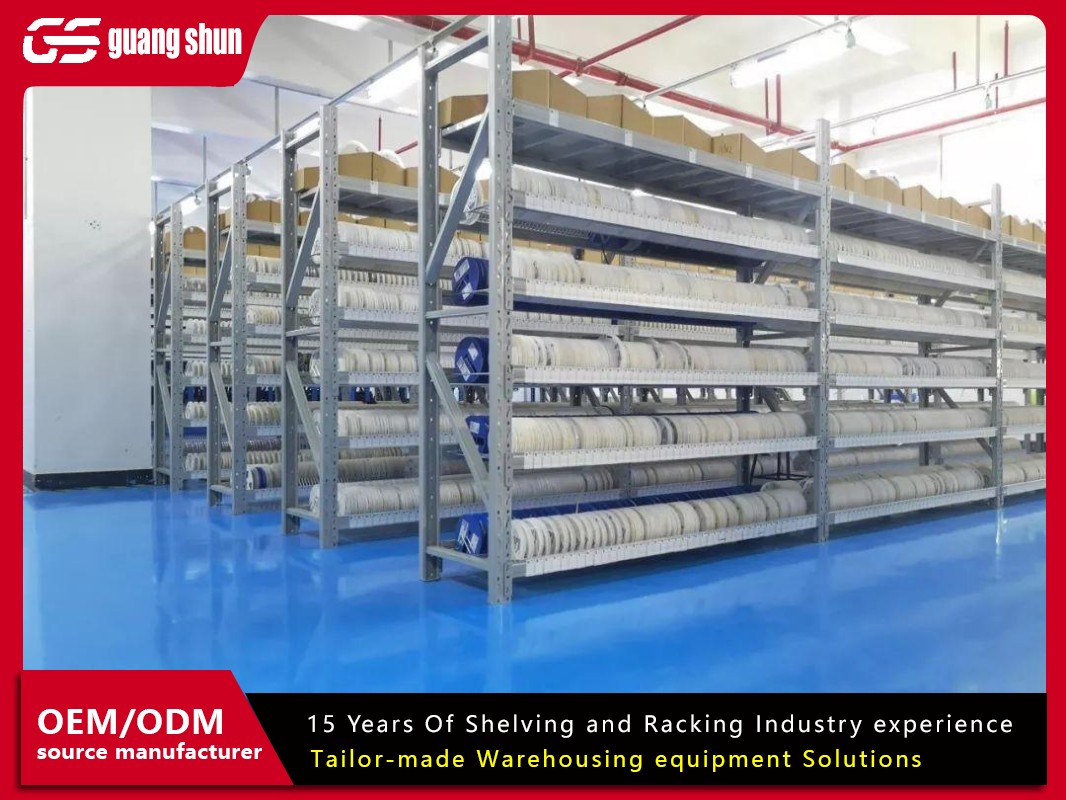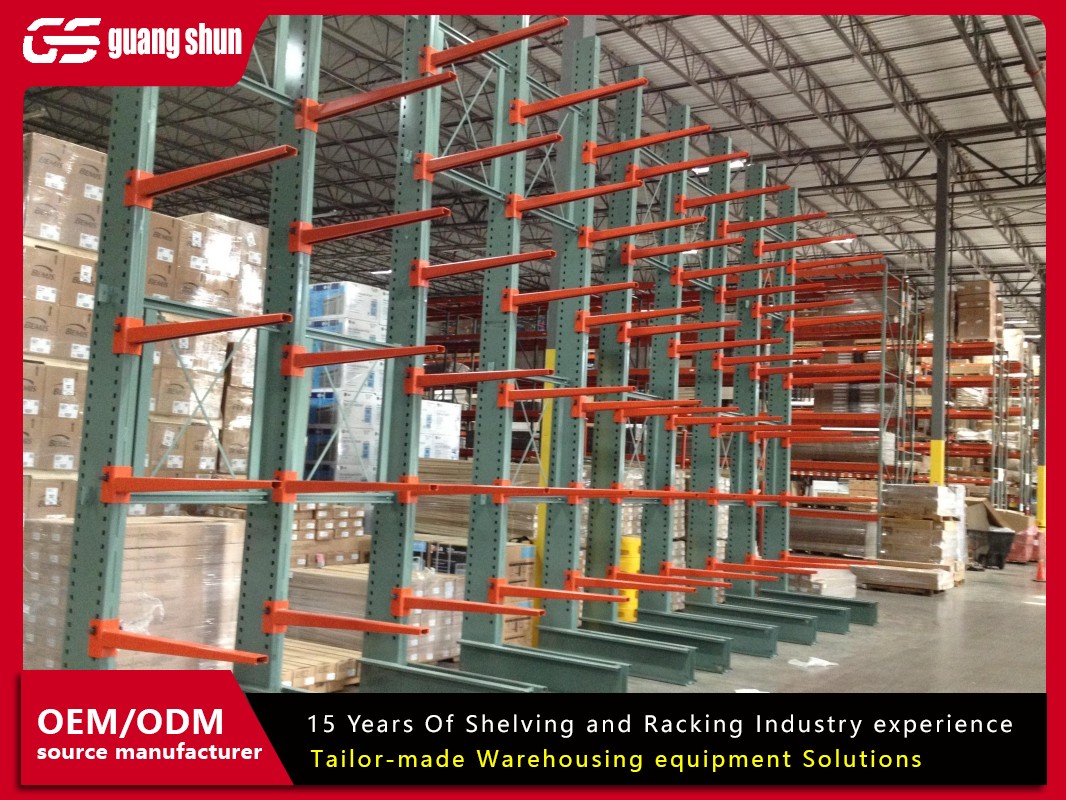In the world of warehousing, manufacturing, and logistics, efficient storage is the backbone of productivity. Among the myriad of storage solutions available, one system stands out for its robustness, versatility, and sheer utility: industrial pallet shelving. This workhorse of the storage industry is designed to handle the heaviest loads, maximize cubic space, and bring unparalleled organization to any industrial environment. Whether you're storing auto parts, food and beverage, or bulk raw materials, understanding the intricacies of industrial pallet shelving is crucial for optimizing your operations. This comprehensive guide will delve deep into what makes this storage solution indispensable, explore its various forms, and address the common challenges faced by operators, providing you with the knowledge to make an informed decision for your business.

What is Industrial Pallet Shelving?
Industrial pallet shelving is a heavy-duty storage system specifically engineered to support the weight and size of standard palletized loads. Unlike lighter-duty shelving units found in retail backrooms, these systems are constructed from high-grade steel and are designed with a clear focus on functionality, durability, and safety under significant stress.
The core components of a typical industrial pallet shelving system include:
Upright Frames: The vertical columns that form the backbone of the structure. They feature rows of holes or slots for secure beam attachment at adjustable heights.
Beams: Horizontal braces that connect to the uprights and support the load-bearing decking.
Decking: The surface upon which pallets rest. This can be made from structural wire mesh, heavy-duty particle board, or steel sheets.
Braces: Diagonal or horizontal cross-braces that provide critical stability and rigidity to the entire structure, preventing sway and ensuring integrity.
The primary purpose of industrial pallet shelving is to facilitate high-density, organized storage while allowing easy access to inventory, often through the use of material handling equipment like forklifts and pallet jacks.
Key Types of Industrial Pallet Shelving Systems
Not all storage needs are created equal, which is why the market offers several types of industrial pallet shelving. Choosing the right type depends on your inventory profile, available space, and budget.
1. Selective Pallet Racking
This is the most common and versatile type of industrial pallet shelving. It allows direct, individual access to every single pallet load. Each pallet sits on a pair of horizontal beams, making it ideal for a wide variety of products with high turnover rates. Its simplicity and accessibility make it a go-to solution for the majority of warehouses.
2. Drive-In/Drive-Through Racking
Designed for high-density storage of homogeneous products with low SKU variety, drive-in systems sacrifice selectivity for space utilization. Forklifts literally drive into the rack structure to place and retrieve pallets from the inside. Drive-in racking has an entrance on one side, while drive-through has entrances on both ends, allowing for first-in, first-out (FIFO) inventory management. This system is excellent for cold storage or storing large quantities of the same item.
3. Push Back Racking
A popular high-density system that operates on a last-in, first-out (LIFO) principle. Pallets are loaded onto wheeled carts that are nested on inclined rails. When a new pallet is pushed into the lane, it pushes the existing pallets back. When retrieving a pallet, the next one automatically rolls forward. This system typically stores 2-6 pallets deep per lane, offering a great balance between density and selectivity.
4. Pallet Flow Racking
This dynamic system uses gravity to move pallets. The structure features a slight decline from the loading to the unloading end, with roller or wheel conveyors built into the rails. Pallets are loaded from the rear and flow gently to the front picking face. This is the ideal solution for strict FIFO inventory control, perfect for perishable goods or products with expiration dates.
5. Cantilever Racking
While not shelving in the traditional sense, cantilever racking is an essential industrial pallet shelving solution for long, bulky, or irregularly shaped items that cannot be stored on standard pallet racks. It features a series of vertical columns with arms that extend outwards, providing unobstructed access to items like lumber, piping, or furniture.
Major Advantages of Implementing Industrial Pallet Shelving
Investing in a well-designed industrial pallet shelving system yields significant returns across numerous operational facets.
Maximized Vertical Space Utilization: Warehouses pay for cubic feet, not just square feet. By building upwards, you dramatically increase your storage capacity without expanding your facility's footprint.
Enhanced Organization and Inventory Control: A structured system allows for logical organization by SKU, date, or product type. This makes cycle counting, picking, and put-away processes faster and more accurate, reducing errors and saving time.
Improved Safety: Properly installed and loaded industrial pallet shelving is incredibly stable. It secures heavy loads off the floor, reducing clutter, minimizing trip hazards, and preventing product damage from improper stacking. This protects both your inventory and your employees.
Durability and Long-Term Value: Manufactured from high-tensile steel, these systems are built to last for decades, even in demanding environments. They represent a durable capital investment that provides value over the long term.
Scalability and Flexibility: Most systems are bolt-together structures, meaning they can be easily reconfigured, expanded, or even relocated as your storage needs evolve. You can adjust beam heights to accommodate different load sizes, providing exceptional adaptability.

How to Choose the Right Industrial Pallet Shelving for Your Needs
Selecting the correct system requires a careful analysis of your specific requirements.
Assess Your Load Characteristics: Determine the weight and dimensions of your heaviest and largest pallets. This will dictate the required beam capacity and the necessary clearances between shelves.
Understand Your Inventory Profile: Analyze your SKU count and turnover rates. Do you need access to every pallet (selective), or are you storing large quantities of a few items (drive-in)? Do you require FIFO (flow rack) or is LIFO acceptable (push back)?
Evaluate Your Space and Layout: Measure your available space, including ceiling height, column placements, and door locations. Consider the turning radius of your forklifts to ensure adequate aisle widths.
Consider Future Growth: Choose a system that not only meets your current needs but can also be adapted to handle future increases in inventory or changes in product mix.
Consult with a Professional: Reputable industrial pallet shelving suppliers and installers can provide a free site survey and recommend the most efficient and safe solution tailored to your operation.
Common Problems and Solutions with Industrial Pallet Shelving
Even the best systems can encounter issues. Being aware of these common problems is the first step to preventing them.
Problem 1: Overloading
The Issue: Exceeding the weight capacity of beams or upright frames is one of the most dangerous and common mistakes. It can lead to catastrophic structural failure.
The Solution: Always be aware of the designated load capacities for every component. Train staff on these limits and ensure weight is evenly distributed across the beams. Never assume a system is stronger than its rated capacity.
Problem 2: Improper Installation
The Issue: A poorly assembled system is an accident waiting to happen. Missing bolts, incorrectly seated beams, or unlevel frames compromise the entire structure's integrity.
The Solution: Always follow the manufacturer's instructions meticulously. Use a professional installation team with experience in erecting industrial pallet shelving. After installation, conduct regular inspections to ensure all components remain secure.
Problem 3: Damage from Equipment Impact
The Issue: Forklifts occasionally collide with upright frames, causing dents, bends, or misalignments. Even minor damage can significantly reduce the load-bearing capacity of the frame.
The Solution: Implement protective measures such as:
Column Protectors: Steel guards that bolt around the base of uprights to absorb impact.
Aisle Markings: Clear floor markings to guide forklift operators.
Operator Training: Comprehensive training on safe maneuvering in narrow aisles.
Regular Inspections: Immediately tag and replace any damaged components.
Problem 4: Poor Utilization and Inefficiency
The Issue: Inefficiently loaded shelves or disorganized inventory can waste valuable space and drastically slow down picking operations.
The Solution: Implement a warehouse management system (WMS) to optimize slotting. Store fast-moving items in the most accessible "golden zone" (between knee and shoulder height). Regularly audit and reorganize storage layouts to reflect changes in demand.
Problem 5: Lack of Safety Protocols
The Issue: Failure to use pallet supports or decking can allow pallets to fall through beams. Not securing the top tiers of shelving to the building structure can make the entire system unstable.
The Solution:
Always use wire mesh decking or solid decking to create a safe surface for pallets.
Ensure all racks are properly anchored to the concrete floor.
Install row spacers and ceiling ties for very tall systems to connect rows and anchor them to the building for maximum stability.
Enforce a "no-climbing" policy; provide approved ladders or order pickers for accessing higher levels.
Industrial pallet shelving is far more than just metal bars and beams; it is a sophisticated and critical infrastructure component that directly impacts the safety, efficiency, and profitability of your operation. From the ubiquitous selective rack to the high-density drive-in systems, understanding the options available empowers you to create a storage environment that is perfectly tailored to your business. By being proactive—choosing the right system, installing it correctly, enforcing load limits, and protecting it from damage—you can avoid the common pitfalls and fully leverage the immense benefits that a robust industrial pallet shelving system provides. It is an investment that, when managed wisely, will support your growth and operational excellence for years to come.







